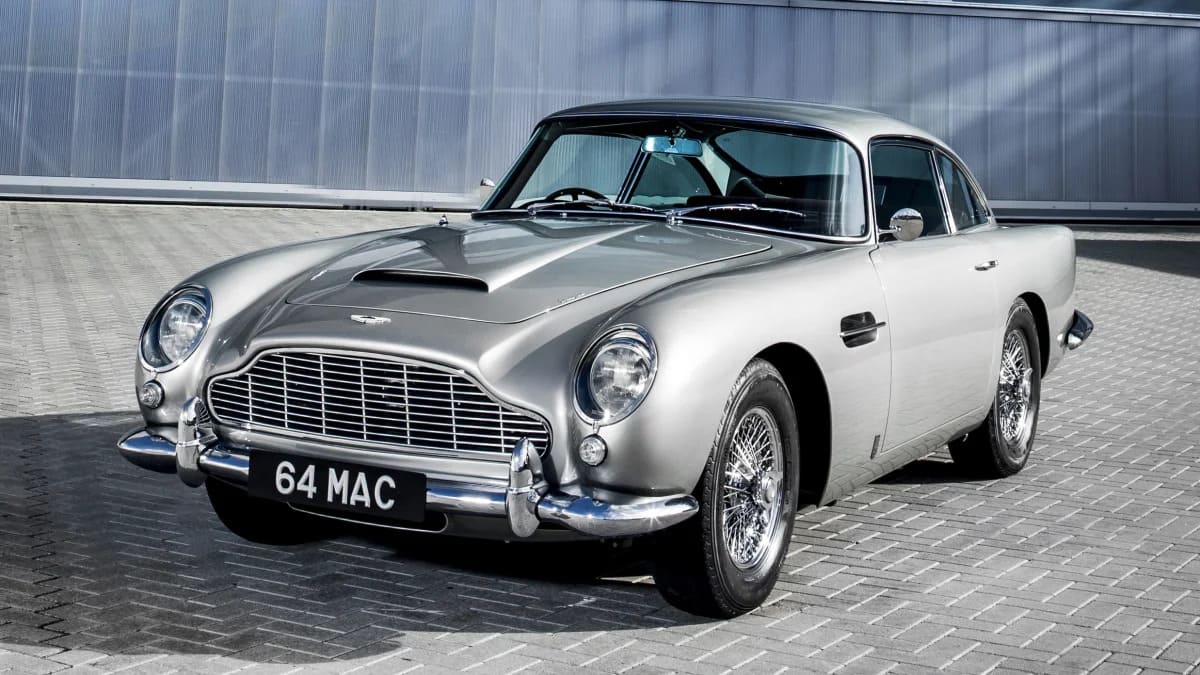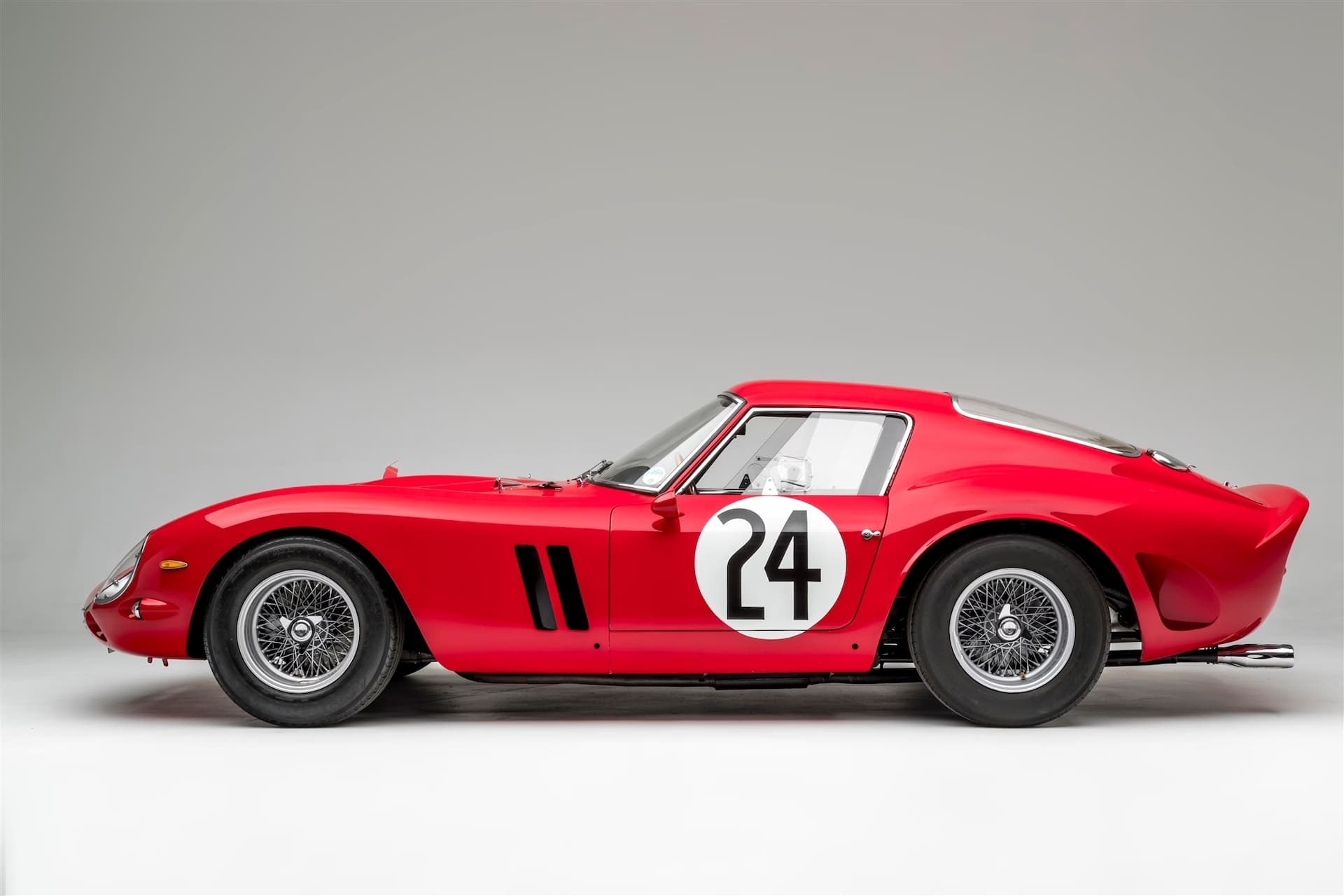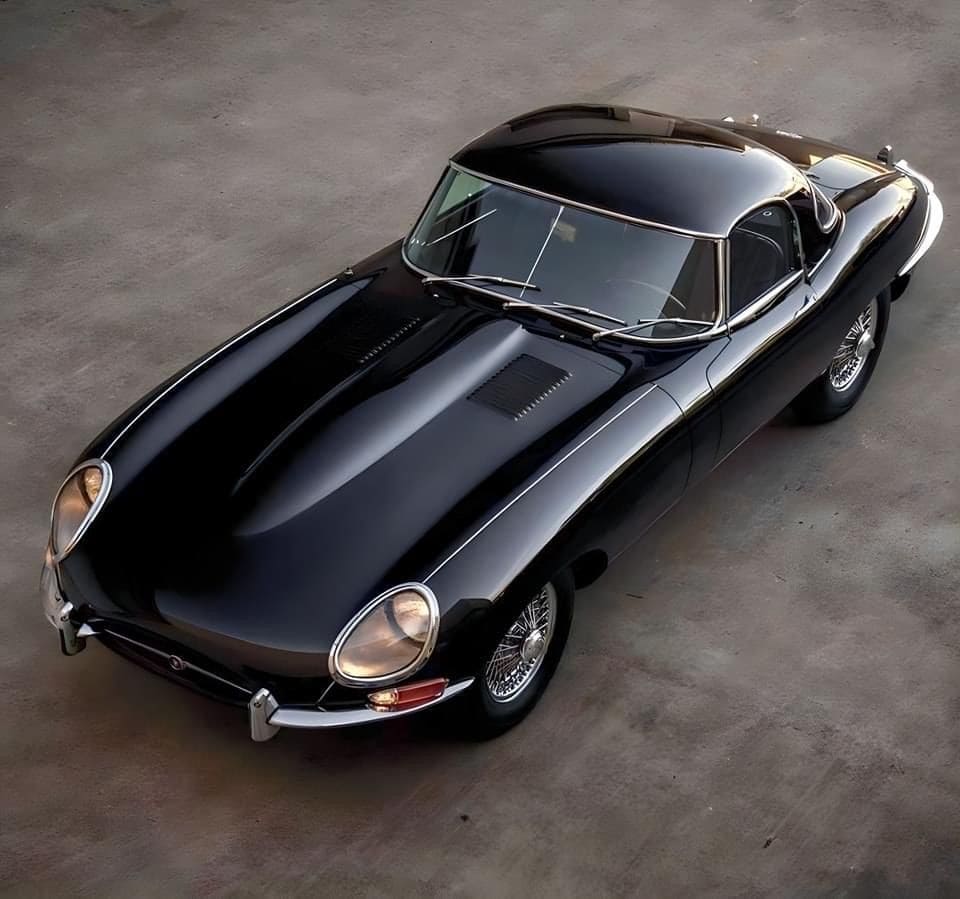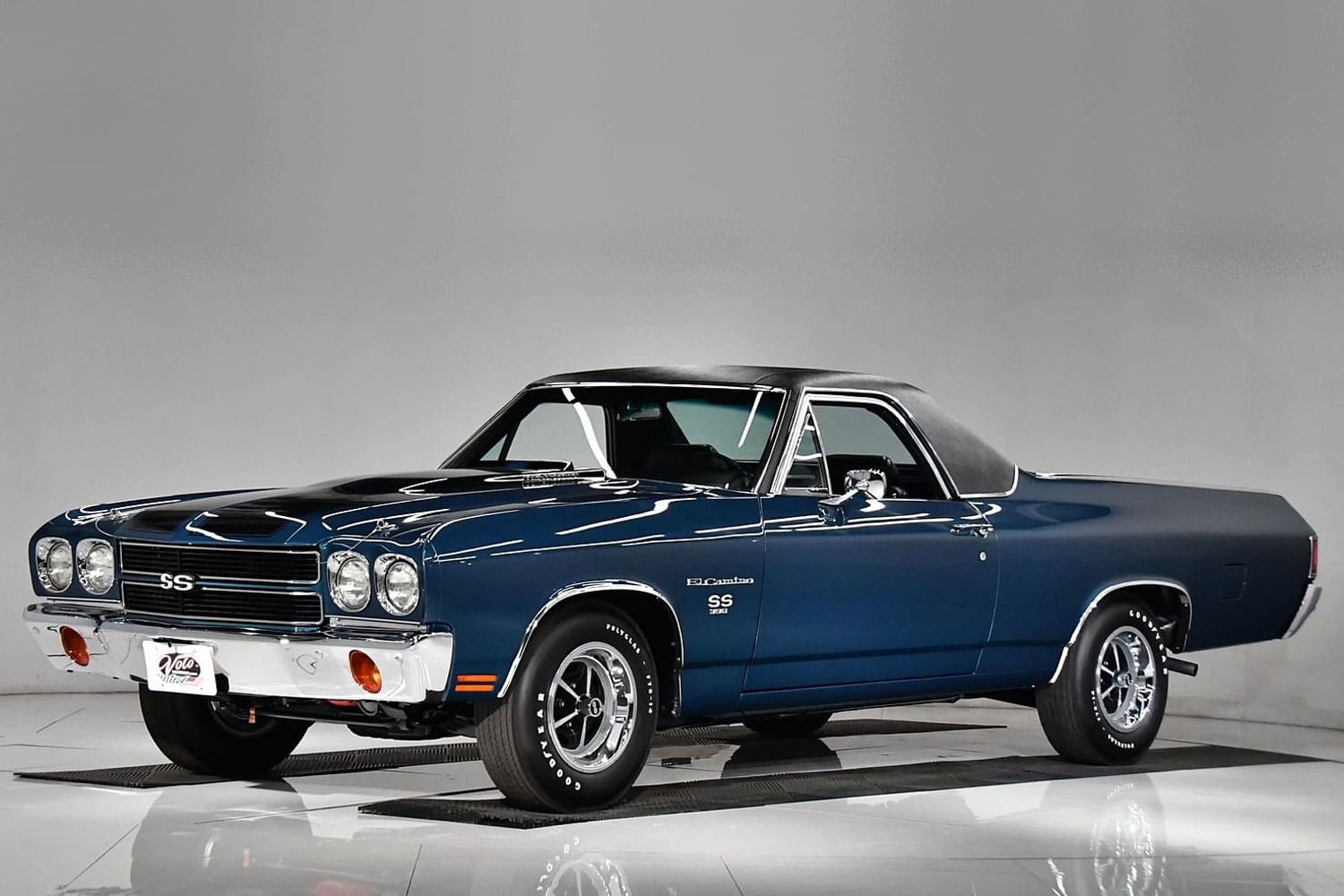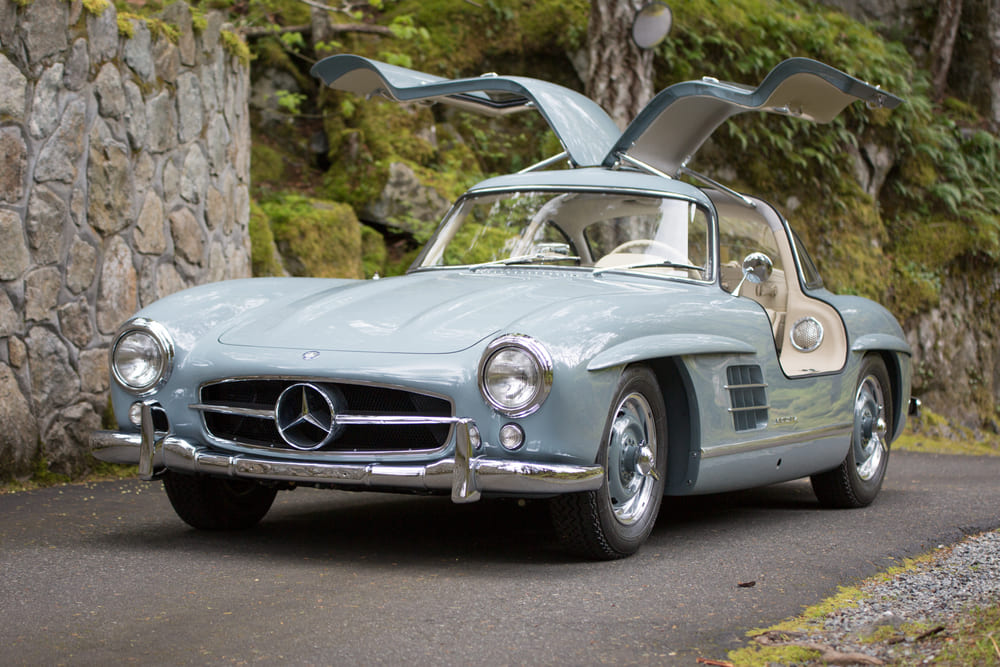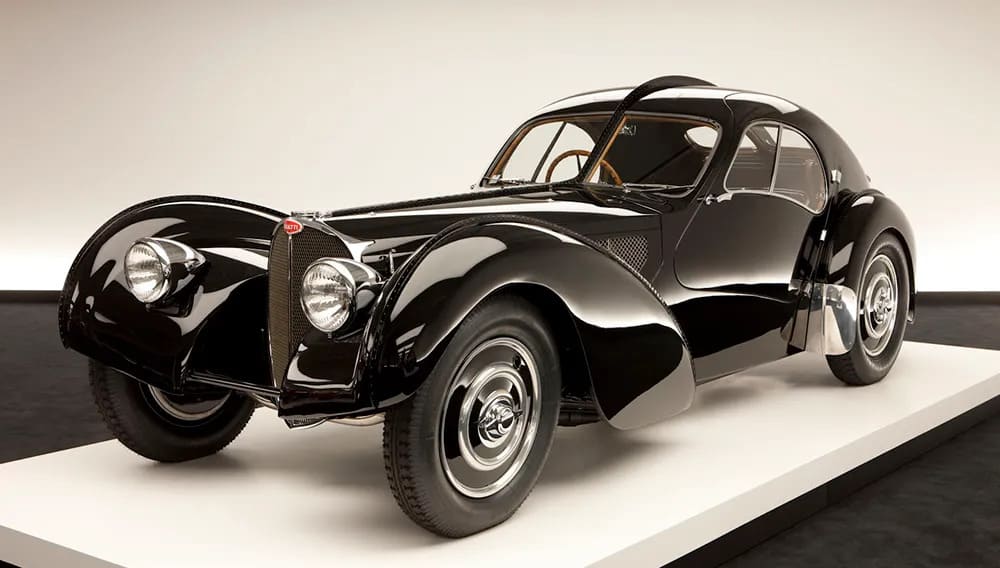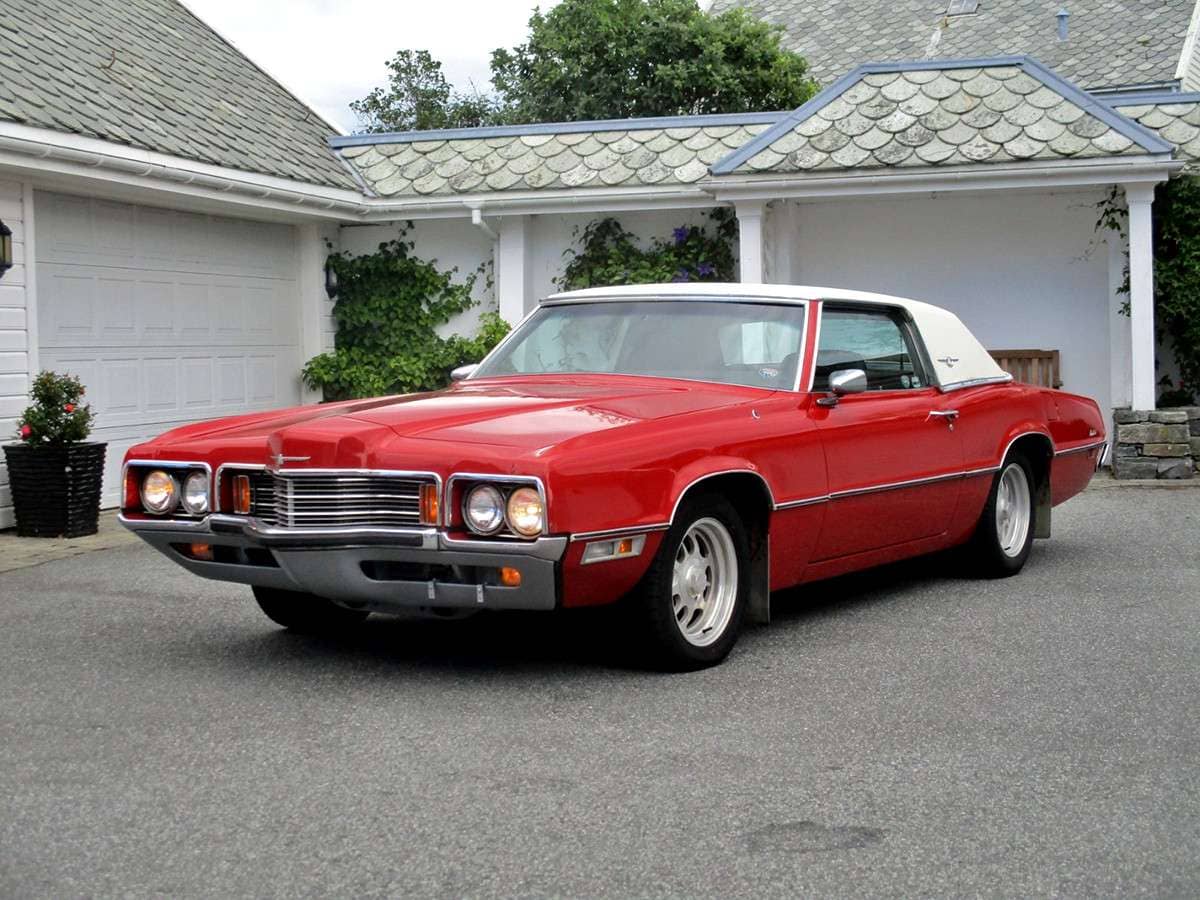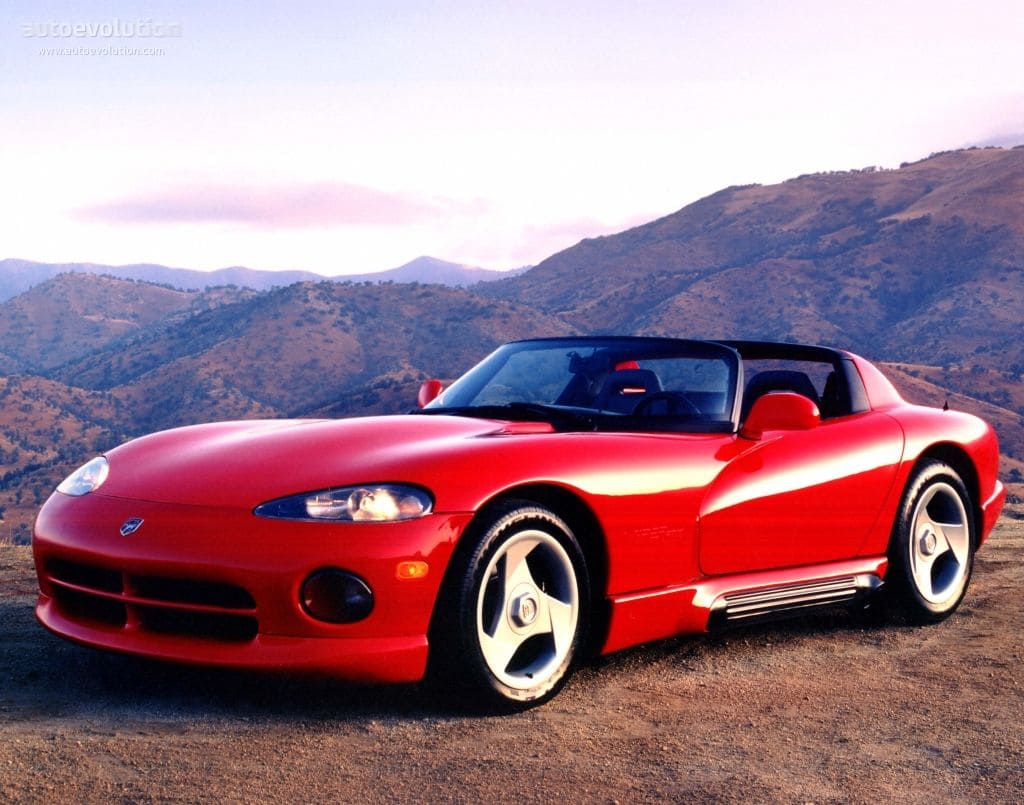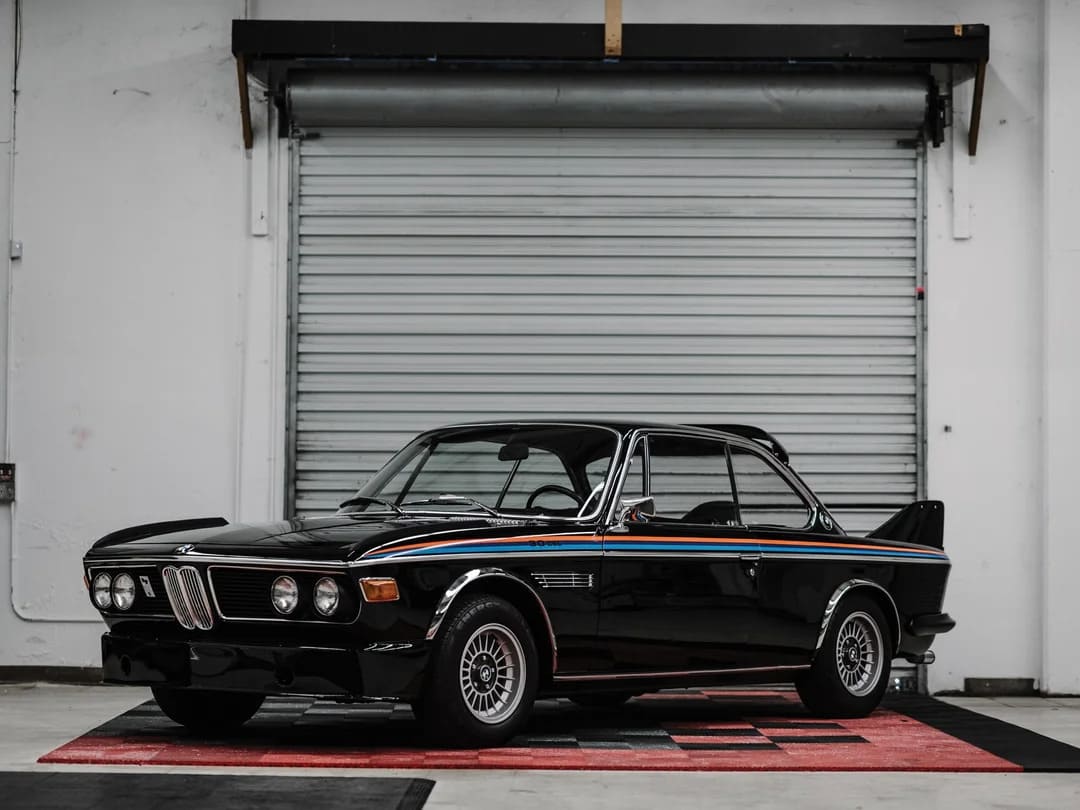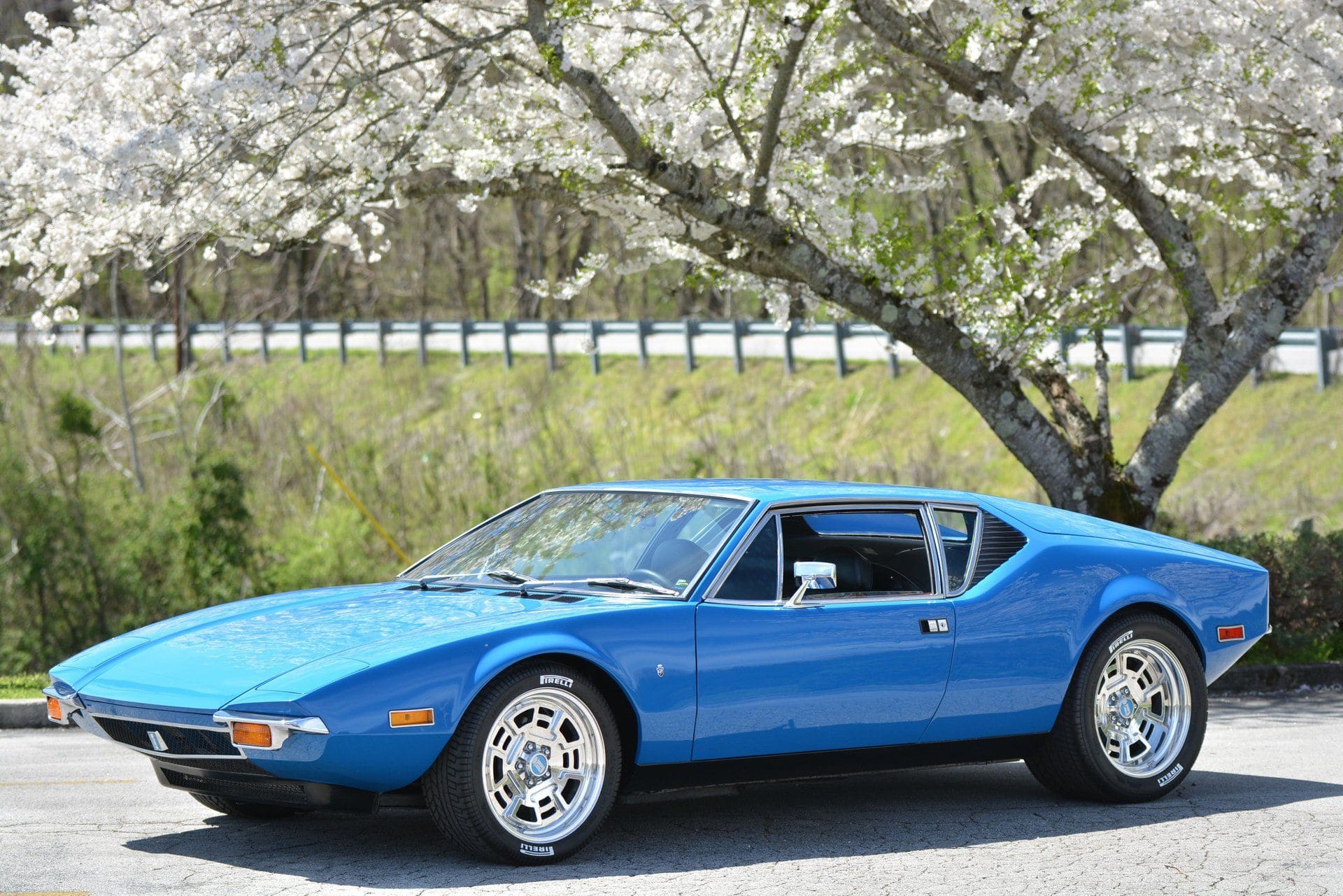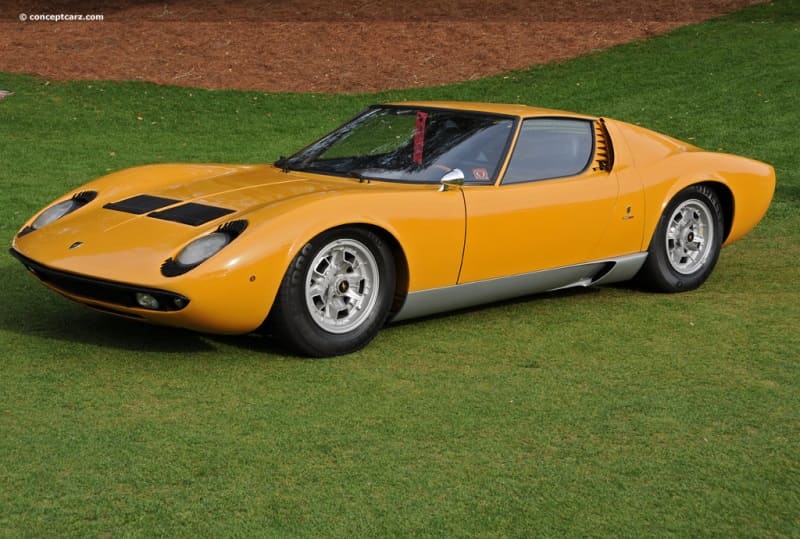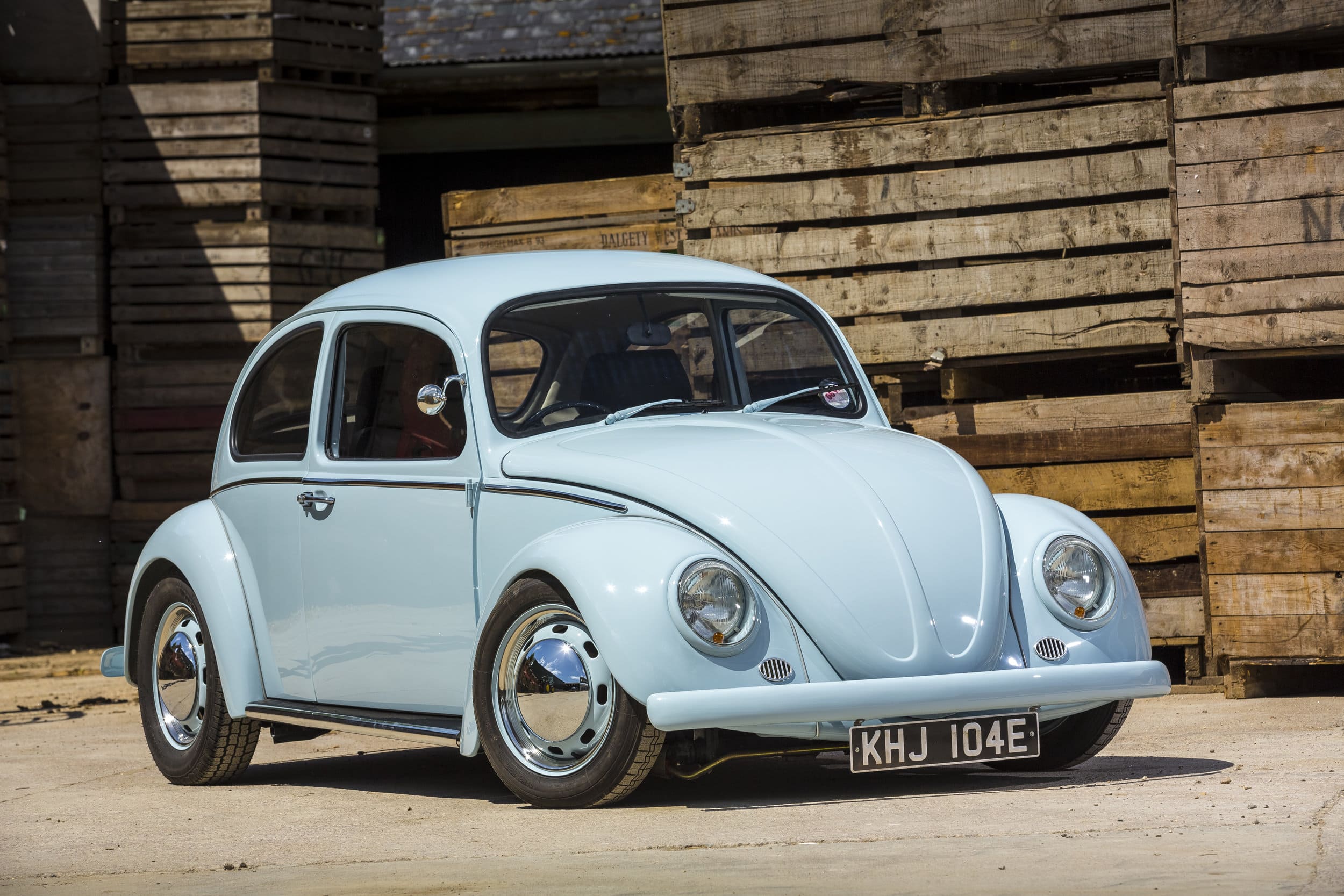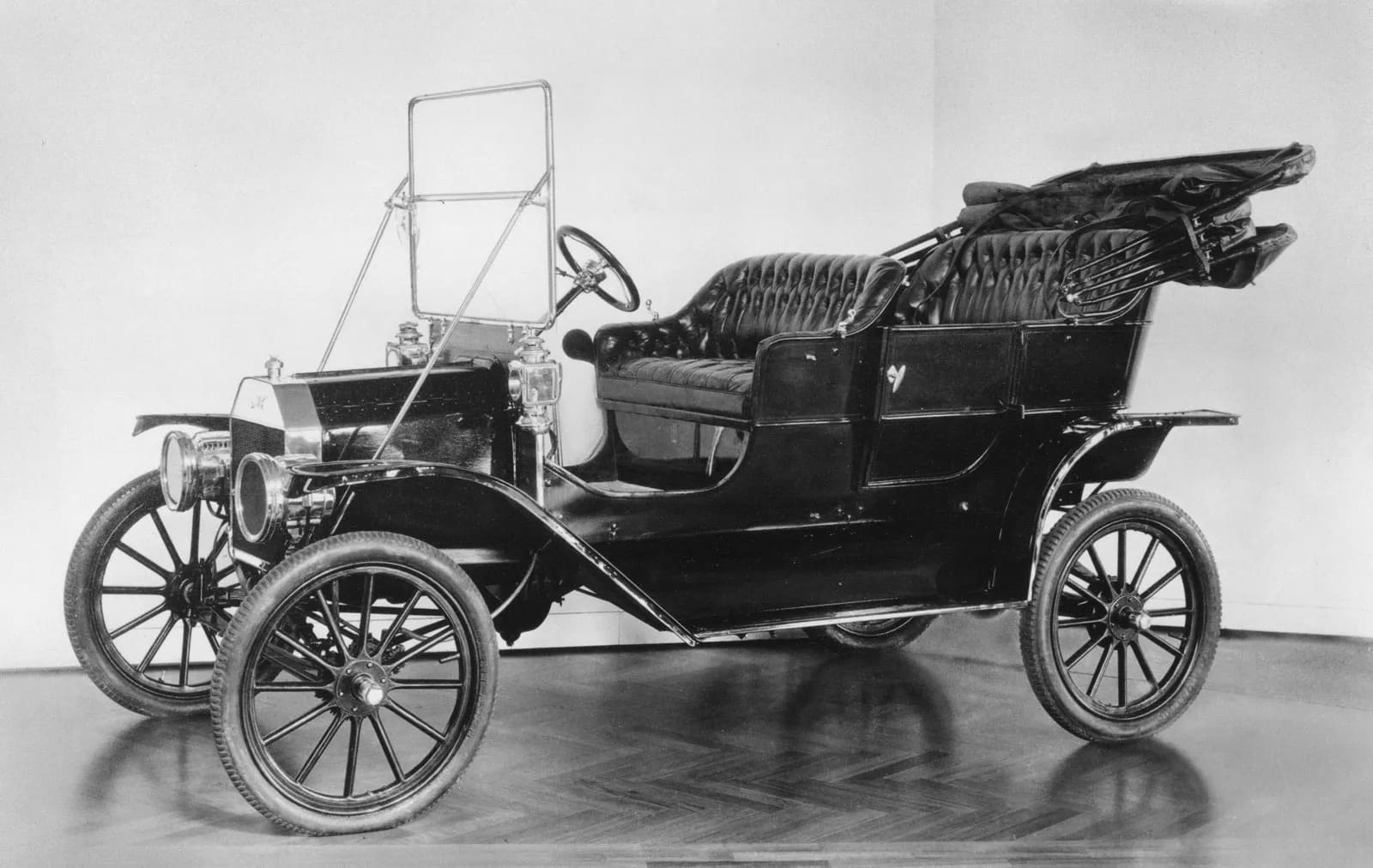Exquisite design, captivating allure, and an air of liberation infused with a dash of wistfulness—there’s an indefinable enchantment that surrounds the finest retro vehicles.
Ask any aficionado of historic automobiles, and they’ll likely convey the ineffable thrill of hearing the motor’s gentle rumble or inhaling the rich scent of aged leather when fortunate enough to experience one of these cherished relics firsthand. The euphoria that accompanies the discovery of an immaculately preserved, seldom-seen make? Incomparable.
Essentially rolling chronicles, these remarkable heirloom cars weave narratives before you’ve even eased into their weathered leather seats or lovingly traced a finger over their immaculate finishes.
Though part of the appeal in these classic machines lies in the sheer joy of piloting them, the remainder resides in pure aesthetic appreciation. Regardless of whether you’re a committed collector or merely an enthused onlooker with a penchant for high-ticket vehicles, the allure of these bygone-era mechanical marvels is universal.
Continue reading for our curated collection of outstanding vintage automobiles—including the most visually stunning retro car, the most budget-friendly vintage model, and the most dependable antique vehicle. Because, naturally, that awe-inspiring relic might lose some of its luster if it leaves you stranded on the highway.
Aston Martin DB5 1964
Initially conceived as a jaw-dropper, the Aston Martin DB5 continues to enthral, solidifying its stature as an eternal gem in automobile history. Its scarcity and enduring appeal are not confined to car aficionados but penetrate broader cultural narratives, including its star role in the James Bond sagas. Created under the artistic supervision of Milan-based design firm Carrozzeria Touring Superleggera, the DB5 was crafted to turn heads upon its entrance—and with each passing year, that theatrical arrival only becomes more momentous.
Ferrari 250 GTO 1962
Distinguished by its unique allure, the Ferrari 250 GTO occupies a lofty pedestal in the realm of vintage vehicles—distinguished not only by its groundbreaking form but also by its exorbitant value, comparable to the globe’s most opulent automotive creations. In its embryonic phase, the car lacked a formal name, earning the internal moniker “Il Mostro”—the beast—for its avant-garde configuration. From its initial unveiling in the swingin’ 60s until today, its eminence accelerates unabated, reaching a price point that even the ultra-rich might hesitate to meet. For further enlightenment about this iconic brand, one can explore the illustrious lineage of Ferrari and the superlative autos it has spawned post-250 GTO.
Jaguar E-Type 1961
No roundup of venerable automotive classics would be complete without citing the Jaguar E-Type—a vehicular legend with a milestone-setting history, boasting hair-raising top speeds of 150 mph coupled with aesthetically exquisite engineering. Celebrated by Enzo Ferrari as the zenith of automotive beauty, the E-Type’s influence has rippled through subsequent Jaguar incarnations, influencing everything from the car’s silhouette to its mechanical innards. With a long-lasting heritage that has arguably eclipsed those of its Jaguar predecessors and successors alike, the E-Type remains a monumental figure in car lore.
Porsche 911 1963
Regarded as an almost flawless vintage sports car—the Porsche 911 leaves just a small margin for enhancement. A perennial favorite within the realm of classic automobiles, this car garners frequent accolades for its remarkable features. Originating from the creative genius who also crafted the Volkswagen Beetle, Ferdinand Porsche, this high-end sports car continues to reign as the world’s most sought-after classic. Remarkably, all iterations have been manufactured in the same facility located in Stuttgart, Germany.
Chevrolet El Camino SS 1970
When one envisions classic American cinema, the image of a 1970 Chevrolet El Camino SS often materializes. This vehicle transitioned from being a contemporary marvel to a timeless classic, captivating both domestic and global audiences. Introduced as the souped-up variant of the standard El Camino, this American two-door gained fame for its unexpectedly robust powertrains and unparalleled aesthetic. Building on the initial model’s success, newer generations of the Chevrolet El Camino SS rolled out, each fine-tuned with greater horsepower but retaining the same distinctive framework.
Oldsmobile Starfire Convertible 1962
Making its debut in 1960, the 1962 Oldsmobile Starfire Convertible quickly became a cornerstone for General Motors, ascending rapidly as one of the company’s top sellers. The car distinguished itself not just through its breezy convertible top and refined design, but also through its opulent interior detailing—features that set it apart from its GM counterparts. Although production was halted in 1980 to make way for fresh automotive innovations, the Oldsmobile Starfire Convertible still commands admiration from auto enthusiasts, much like it did in its 1960s heyday.
The 1959 Mini, A British Motor Corporation Classic
In the realm of enduring vintage automobiles, the original Mini stands alone, regularly receiving updates that span from its paint job to onboard amenities. Despite its age, this time-tested model isn’t a stranger to contemporary roads. Originating under the labels “Austin Seven” and “Morris Mini-Minor,” it was only after a union of creative minds that the shorter and snappier name “Mini” gained widespread acceptance. In a stark contrast to its modern siblings battling for top speeds, the first Mini was deemed too swift, prompting a decrease in engine size to 850cc and a leisurely 26.5-second sprint to 60mph.
The Trailblazing 1965 Shelby Mustang GT350 from Ford
Crafted for a combination of visual splendor and breakneck speeds, the Shelby Mustang wasn’t conceptualized for leisurely drives or family outings. Over its lifespan, it has undergone an array of modifications aimed at pushing both its speedometer and design envelope. The name “Shelby Mustang” is a homage to its co-creators, the venerable Ford Motor Company and Shelby American, an entity specializing in high-performance vehicles and established by racing legend Carroll Shelby. A frequent fixture on these cars is the cobra emblem, a moniker it quickly earned.
The 1954 Mercedes 300SL Gullwing: A Timeless Marvel
Speak the words “1954 Mercedes 300SL Gullwing,” and you’ll likely generate instant buzz among classic car connoisseurs. From its first roll-out, this automotive artwork captured the imagination as one of the world’s most exquisitely designed and high-performing vintage cars. Achieving a then-unheard-of 163 mph, it became the fastest factory-made car of its generation. The “SL” signifies “super-leicht” in German, or “ultra-light” in English, reflecting its design focus on minimizing weight to maximize speed.
1963 Chevrolet Corvette: A Rarity Revisited
Experiencing the 1963 Chevrolet Corvette—scarce when it debuted and even more so now—is akin to a treasure hunt. Known primarily for its one-of-a-kind “split-window coupe” framework, this American powerhouse offers an unrivaled visual experience both inside and out. Featuring potent engines and lavishly soft leather furnishings, it held its own as one of the most potent automotive forces of its period. A palpable portal to the 1960s, even a brief encounter with this iconic car is well worth the effort to seek it out.
1938 Bugatti Type 57 Atlantic
Assuming an older Bugatti might be easier on the wallet than its modern counterparts? Not so fast. The 1938 Bugatti Type 57 Atlantic is a living testament that age doesn’t dampen its appeal, as evidenced by fashion mogul Ralph Lauren possessing the final model ever crafted. Conceived from scratch by Jean Bugatti, this vehicle had a limited run with only 710 units ever made.
As much a symbol of opulence as it is an automotive legend, this iconic Bugatti has not only stood the test of time but remains operational more than eight decades after its debut.
1949 Rolls-Royce Dawn Drophead
Introduced in the post-war era as an attempt to resurrect the pinnacle of comfort and luxury, the 1949 Rolls-Royce Dawn Drophead quickly gained a following. However, it had its quirks, such as the absence of seat belts and an engine that seemed purely ornamental.
The control buttons were mysteriously labeled, adding a touch of mystery to the initial driving experience. Originally marketed as a budget-friendly luxury car, customization was always an option right from its inception. The Silver Dawn color scheme was the most celebrated, with 760 units ever made.
1971 Ford Thunderbird
The 1971 Ford Thunderbird is a vintage treasure that effortlessly evokes conversations filled with nostalgia. Its generous proportions and distinctive flair make it a magnet for smiles whenever it becomes the subject of discussion.
Throughout its history, the Thunderbird evolved significantly, blending Ford’s trademark features with a touch of luxury. According to General Motors, bigger equated to better in the automotive world. Overtaking rivals like the Buick Riviera, Oldsmobile Toronado, and Cadillac Eldorado in sales, the Thunderbird maintained its spot in the limelight for an extended period.
1989 Jaguar XJS
Stepping into the driver’s seat of a 1989 Jaguar XJS reignites an enduring zeal for adventure. Initially conceived for joyrides and spur-of-the-moment trips, this venerable vehicle has shown remarkable resilience, resisting the urge to fall apart.
When first released, the XJS faced scrutiny for its distinctive rear buttresses. However, public opinion has since undergone a radical shift. Despite its current availability, there was a time when the XJS risked removal from Jaguar’s lineup entirely.
1991 Dodge Viper
In almost every conceivable way, the Dodge Viper elevates the classic car experience—be it in terms of velocity, streamlined aesthetics, or its diverse range of features. It’s a vehicle that polarizes opinions, with some lauding its audacious spirit, while others critique it as being somewhat untamed. A compelling testament to its unique inception lies in the fact that it took only half an hour for Chrysler’s CEO, Lee Iacocca, to greenlight the project—a timeline that starkly contrasts the lengthy approval processes for virtually every other automobile.
1972 BMW 3.0 CSL
A cursory glance at the BMW 3.0 CSL might evoke comparisons to another iconic vehicle—the Batmobile. Engineered to excel both on the track and the open road, this powerhouse was released in a scarce quantity, with only 1,265 units ever made. Not only is it lighter than its BMW brethren, but it also outshines many contemporaries in terms of weight. With qualities that set it up for an exhilarating driving experience, the CSL has secured numerous victories, including winning three rounds in the 1976 World Championship for Makes while contending with formidable rivals like the Porsche 911 and Ford Capri.
1970 De Tomaso Pantera
The De Tomaso Pantera masterfully blends two exemplary facets of the automotive world: Italy’s luxurious and timeless design sensibilities with America’s robust and reliable engineering. Combine these elements, and the result is the Pantera—or “Panther” in English. Crafted by American designer Tom Tjaarda for Italian firm Carrozzeria Ghia, the Pantera rapidly ascended the ranks to become one of the most desirable mass-produced cars of its era. Initially unveiled at the 1970 New York Motor Show, its two-decade-long production stint was further extended when Ford acquired the rights to the vehicle, boosting its availability even more.
1966 Lamborghini Miura
Though the Lamborghini Miura may not perfectly align with contemporary design standards, it was undeniably revolutionary during its time. Frequently heralded as the world’s inaugural supercar due to its groundbreaking design and formidable capabilities, the Miura has sustained its iconic reputation well beyond its production years. Its moniker is inspired by a particularly aggressive breed of Spanish bull, symbolizing the car’s unmatched agility and speed. Over its lifespan, the Miura has undergone several updates, each iteration arriving in an assortment of dynamic and character-rich hues.
Land Rover Series 1 (Formerly 1948 Model)
Today’s highways and byways are frequented by various Land Rover models, yet none command attention quite like the inaugural 1948 Land Rover, presently referred to as the Series 1. Conceived in Britain, its essential design characteristics have largely stayed consistent over the decades. This all-terrain pioneer was the imaginative offspring of siblings Maurice and Spencer Wilks, who drew creative fuel from the WWII-era Willys Jeep.
Due to a scarcity of steel during its developmental phase, aluminum was employed in constructing the vehicle’s body. While certain modifications have been implemented over the years, such as relocating the originally center-mounted steering wheel, the Series 1’s basic blueprint remains iconic.
Volkswagen Beetle (Initially 1938 Model)
When it comes to Volkswagen, the Beetle stands as the brand’s quintessential offering. Originally conceptualized in 1925 by a Hungarian student, the vehicle gained renown for its feather-light construction. In an era where rivals were often bulky and cumbersome, the Beetle was agile and invigorating to operate.
The design has not only stood the test of time but is still being manufactured today. In particular, Mexico continues to be a sanctuary for immaculately maintained vintage Beetles. This is in addition to the millions that exist worldwide.
Ford Model T (Originating in 1908)
The Ford Model T, dating back to 1908, is not merely an automotive legend but also occupies a venerable spot in broader historical narratives. Offered to consumers by the Ford Motor Company between 1908 and 1927, it holds the distinction of being the first mass-produced vehicle accessible to the general populace, exclusively available in black as per its famous slogan.
With an inaugural price tag of $850, the Model T swiftly cemented its position as a staple within American homes. Beyond its affordability, the car also became a focal point in many conversations, largely thanks to its unconventional marketing techniques and public stunts.
Inquiries Often Raised Regarding Exceptional Retro Motor Vehicles
What car reigns supreme in the retro automotive universe?
Leading the parade in the arena of iconic retro autos is the Jaguar E-Type, followed in prestige by models like the Porsche 911, the Mini Cooper, and the Lamborghini Miura from 1966. For an all-inclusive overview, take a gander at our exhaustive handbook highlighting the crème de la crème of time-honored cars.
What’s the sturdiest specimen among age-old vehicles?
In the sphere of lasting durability, vehicles such as the Chevrolet Impala SS, the Datsun Z lineage, and the Mercedes-Benz E-Class W123 have garnered reputations for resilience. To delve deeper into this subject, browse our specialized manual that elucidates the most steadfast, vintage chariots.
Which bygone automotive gem won’t break the bank?
For those keeping an eye on the financial gauge, classic treasures like the Ford Mustang, the Chevrolet El Camino, and the Jeep Cherokee are often cited as relatively wallet-friendly. For an expanded list of cost-effective antiquated rides, our authoritative guide is the place to look.
Which classical motorcar is an aesthetic masterpiece?
When the conversation veers towards visual grandeur, the Jaguar E-Type and the Mercedes 300SL Gullwing emerge as aesthetic luminaries in the world of antique motoring. Check out our complete dossier to feast your eyes on this year’s lineup of artfully designed, classic wheels.

